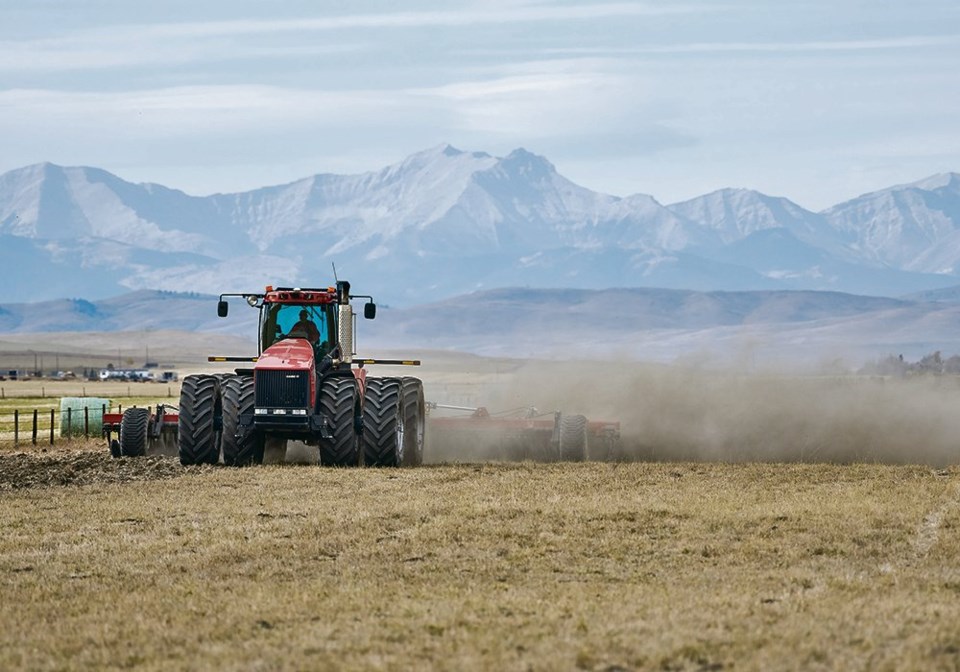The 2021 growing season has ended amid drought that plagued much of the Prairies and experts warn the effects aren’t over yet.
The Saskatchewan Wheat Development Commission recently released a document detailing post-drought agronomic considerations. They include soil fertility, herbicide carryover and insects.
“Yields were expected to be much higher than they were this year,” said Haley Tetreault, an agronomy extension specialist with Sask Wheat.
“Guys fertilize for a lot higher crop yields, and then we just didn’t see the uptake over the year. So right away, that’s an important consideration because we know that the fertilizer or the nutrient levels in the soil are going to be higher than they typically are.”
Jeff Schoenau, a professor of soil fertility at the University of Saskatchewan, said there wasn’t enough moisture to move banded fertilizer through the soil for plant uptake so much of it will remain where originally placed.
Soil testing in multiple locations in fields will thus be even more important this year.
“I think it is important to recognize that we’ve probably got a lot of micro-scale variability in residual nutrients that we have to sample carefully and adjust our sampling strategies to account for that and make sure that our sample is representative,” Schoenau said.
Fertilizer prices are rising so producers may be thankful for leftover soil nutrients, added Tetreault. However, herbicide carryover should also be considered.
“That’s another concern after the drought economically that can cause damage to next year’s crop if those herbicides are broken down,” she said.
Last month BASF issued recommendations for producers at risk of herbicide carryover, noting the company would not support canola, durum and canaryseed as subsequent crops in fields at risk of carryover.
Tetreault urged producers to be careful.
"Just being cautious with herbicide carryover, if you have land that has some Group 2s on it, being careful to seed the less sensitive crop on those fields.”
The next growing season also carries the risk of high grasshopper numbers. Drought is typically favourable to grasshoppers so more eggs were likely laid this fall.
James Tansey, an insect and pest management specialist with the Saskatchewan government, said warm fall temperatures could exacerbate the problem.
“If these girls don’t get a chance to get their eggs in because of a frost, then that’s going to reduce next year’s population,” Tansey said.
“Of course, the conditions over most of the province have been pretty warm over the end of the season here so I think we’ve seen pretty good egg laying conditions, and we probably have a pretty good starting population for next year.”
He said the number of grasshoppers seen at the beginning of the season won’t be indicative of numbers throughout 2022. Those that fly early in spring aren’t pests at that time, nor do they foreshadow what the later season will look like. It all depends on the weather.
“If we get a lot of moisture in the spring, that can contribute to knocking back these outbreaks in grasshopper populations, or if we get a real hard cold snap back and have reduction in grasshopper populations.
“But the way things are stacking up right now, I’m a little concerned about what’s going to come down the pike for next summer.”

